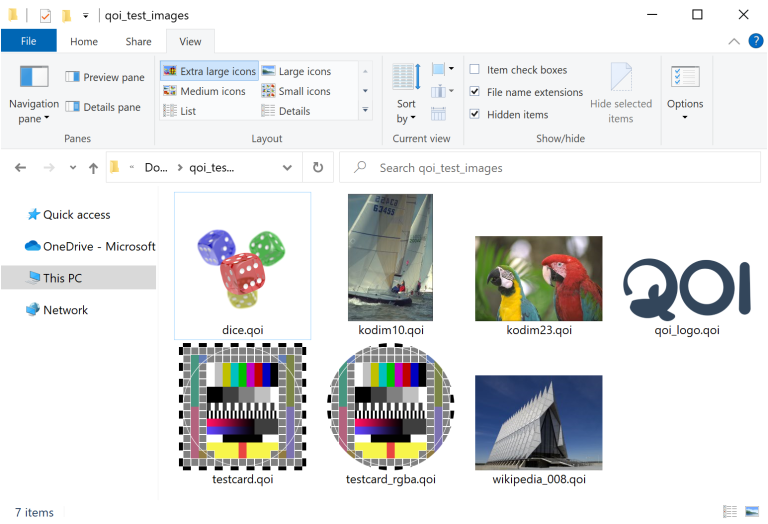simple steps and examples
Greetings to everyone who wants to become a tester and learn more about checklists! Today we will talk about what tester checklists are and how to use them for more effective testing.
The tester’s checklists are a list of tasks that need to be completed during the testing process. The checklist can list test cases, test conditions, product requirements, and more. The purpose of the checklist is not to miss any important detail in the testing process.
Using checklists helps testers simplify and structure their work and remember important details. In addition, checklists can be used as a test automation tool.
Compiling checklists is a process that can greatly simplify and speed up software testing. Below are the basic steps to help you create an effective checklist.
Define Goals and Objectives Before you start writing a checklist, you need to understand what tasks you want to solve with it. What product functionality do you want to test? What safety aspects require special attention? What is important for users? Determine the goals and objectives that you want to achieve with the checklist, and structure it accordingly.
Break into categories Break your product into categories and subcategories to make it easier for you to navigate. For example, if you are testing a web application, you can break it down into the following categories: registration, authorization, user profile work, content work, payment, and so on. Each category should contain relevant test cases.
Write Test Cases Write test cases for each category. Test cases are a set of steps that must be completed to test a certain functionality of a product. For example, a test case for user registration may contain the following steps: opening the registration page, filling out the registration form, clicking the “Register” button, checking for successful registration.
Define expected result Define the expected result for each test case. For example, for the “User registration” test case, the expected result would be successful registration and transition to the user profile page.
Check your checklist Check your checklist for completeness and up-to-dateness. Make sure you haven’t missed anything important and that all test cases are in line with the goals and objectives you set at the beginning.
Compiling a checklist is a creative process that requires you to be attentive, accurate and professional. The more structured and detailed your checklist is, the more efficient and faster testing will be.
Some tips to help you create a more effective checklist
Use checklists as an additional tool. Checklists cannot replace full product testing, but they can help identify problems and bugs faster and more efficiently.
Create checklists according to specific requirements. Each product has its own unique features, so checklists should be tailored to the specific product and its requirements.
Update checklists regularly. Products are constantly changing and being updated, so checklists should be reviewed and updated regularly.
Work in a team. Checklists can be used as a collaboration tool between testers and developers. Divide responsibility between team members and use checklists to coordinate work.
Examples of test cases for the checklist
1. User registration
Open registration page
Fill out the registration form
Click the “Register” button
Verify that a successful registration message has appeared
Check if the user has been added to the database
2. User authorization
Open login page
Enter login and password
Press the “Login” button
Check if the user was successfully logged in
Verify that the correct user information is displayed (name, profile photo, etc.)
3. Working with the user profile
Open profile page
Edit user information (e.g. name, profile photo)
Click the “Save” button
Check that the changes have been saved
Verify that the correct user information is being displayed
4. Working with content
Open content page (e.g. articles, videos)
Check that the content is displayed correctly (for example, all images are loaded, videos are played)
Check that the user can favorite content or share it on social networks
Check that the correct number of views and likes is displayed
Check that comments on content are displayed correctly
5. Working with functionality
Test product functionality (e.g. search, filters, pagination)
Check that all buttons and links work correctly
Check that the correct transition occurs between pages
Verify that the functionality of the product matches the description in the requirements
6. Work with various devices and browsers
Check that the product is displayed correctly on different devices (for example, on a computer, tablet and smartphone)
Check that the product works correctly in various browsers (for example, Google Chrome, Mozilla Firefox, Safari)
Check that the product works correctly on various operating systems (for example, Windows, MacOS, iOS, Android)
It is important to remember that these test case examples are just a base., and the checklist should be adapted to a specific product and its requirements. The more detailed and specific your checklist is, the more effective your product testing will be.
In conclusion, checklisting is an essential tool for effective product testing. Checklists help identify problems and bugs faster and more efficiently, and make it easier for testers and developers to work together. Follow the tips above and create detailed and product-specific checklists to ensure better product testing.





